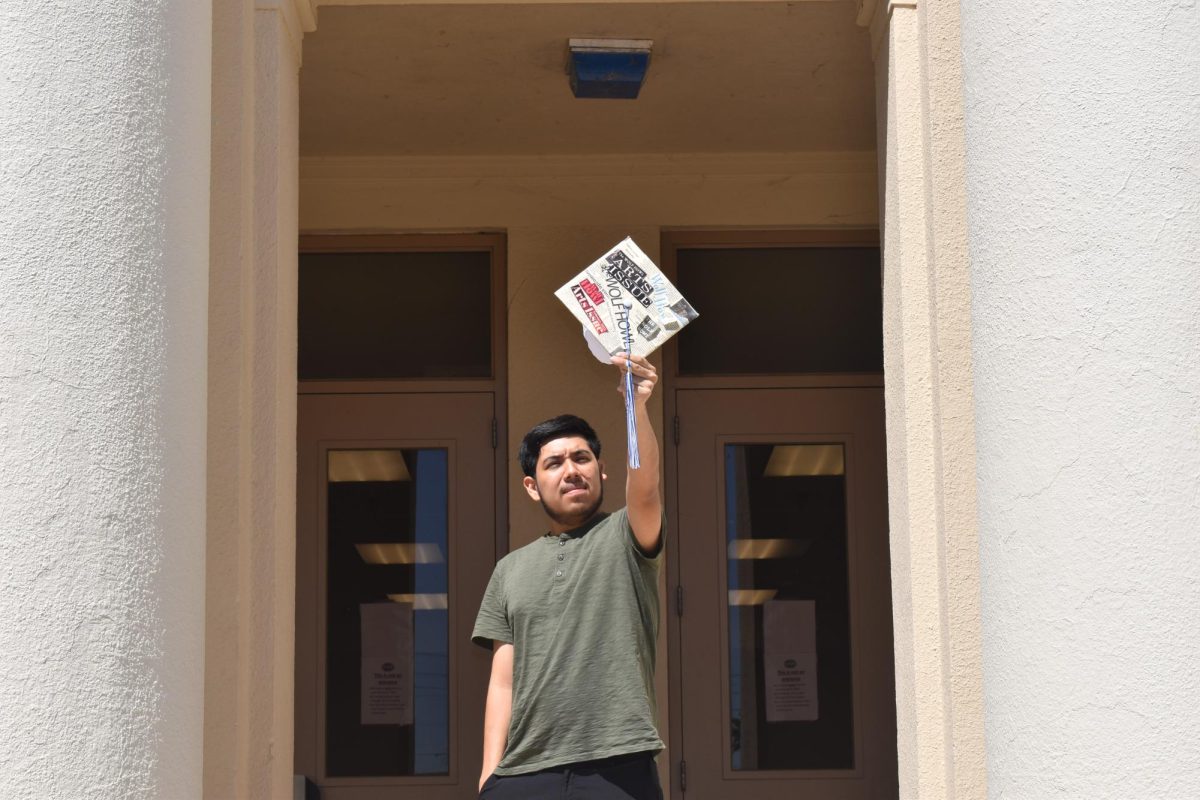With over 85% of the US population celebrating Christmas and other “gift-giving” winter holidays, the production of trash from presents and holiday activities spikes every year. Studies estimate that between Thanksgiving and New Year’s Day, the additional waste generated in the United States alone amounts to an astonishing 25 million tons. This surge translates to approximately 1 million extra tons of garbage per week compared to other times of the year. This deluge of waste spans wrapping paper to discarded decorations, food scraps, and disposable products.
Speaking of wrapping paper, the numbers are staggering. In the US, it’s approximated that enough wrapping paper is thrown away during the holiday season to cover an astounding 5,787 football fields. This is a concerning figure, considering most wrapping paper isn’t recyclable due to being dyed, laminated, or containing non-paper additives. Further compounding the issue, Americans discard approximately 38,000 miles of ribbon each year, enough to circle the Earth with a bow.
Food waste is another critical area that demands our attention. Over the holidays, approximately 200 million pounds of turkey meat and 1.6 billion pounds of edible food go to waste. This wastage contributes significantly to increased landfill trash, with a 25% surge in discarded items per week. Mindful consumption, planning, and portion control can substantially mitigate this shocking level of food waste.
Holiday lighting also presents an energy consumption challenge. Traditional incandescent holiday lights guzzle energy, consuming up to 10 times more power than their LED counterparts. If every household in the United States switched to energy-efficient LEDs, the resulting energy savings could power approximately 200,000 homes for an entire year.
Travel during the festive period also has a notable environmental impact. According to the Environmental Protection Agency (EPA), transportation accounts for nearly 29% of total greenhouse gas emissions in the US. The holiday season contributes significantly to this figure, as millions hit the roads, skies, and railways to reach their destinations, further escalating carbon emissions.
These statistics are daunting, underscoring the urgent need for more sustainable practices during the holidays. However, they also provide an opportunity to enact change. By making conscientious choices—reducing waste, opting for recyclable materials, embracing energy-efficient technologies, and considering alternative travel options—we can collectively positively impact the environment during this cherished time of year.
























